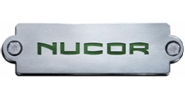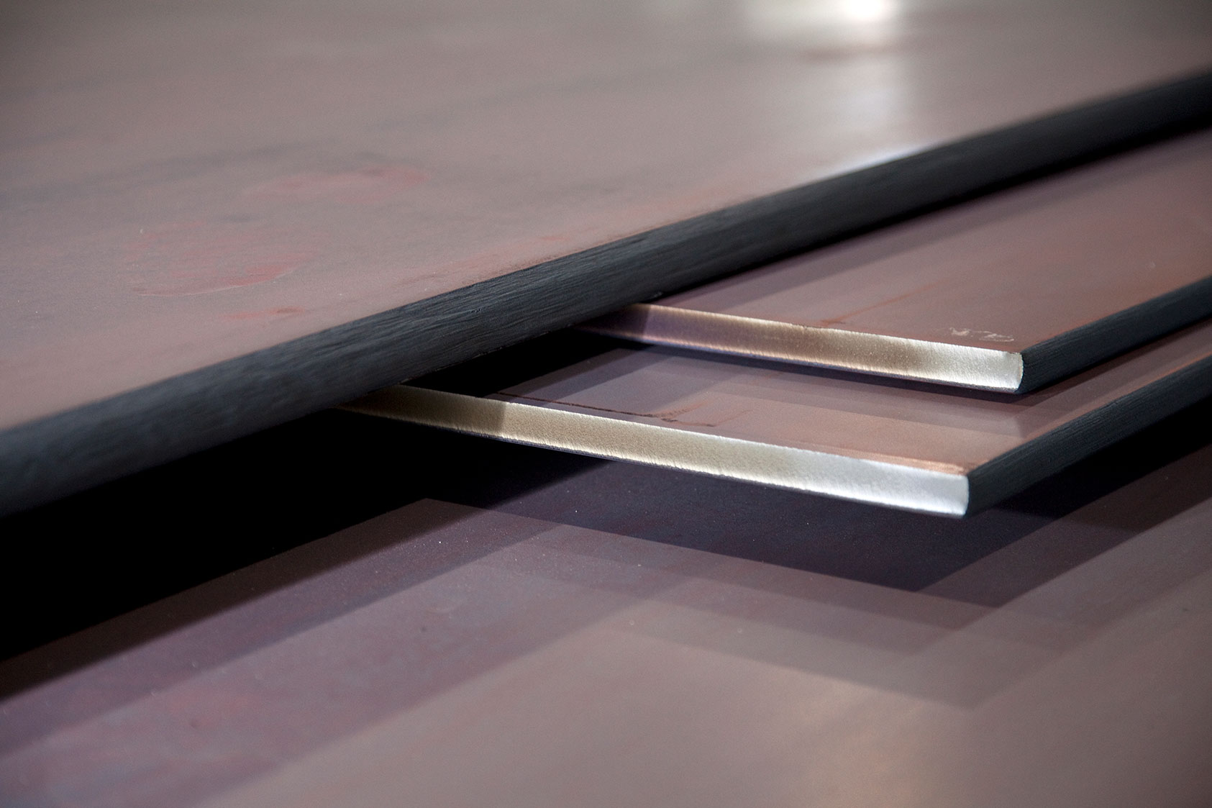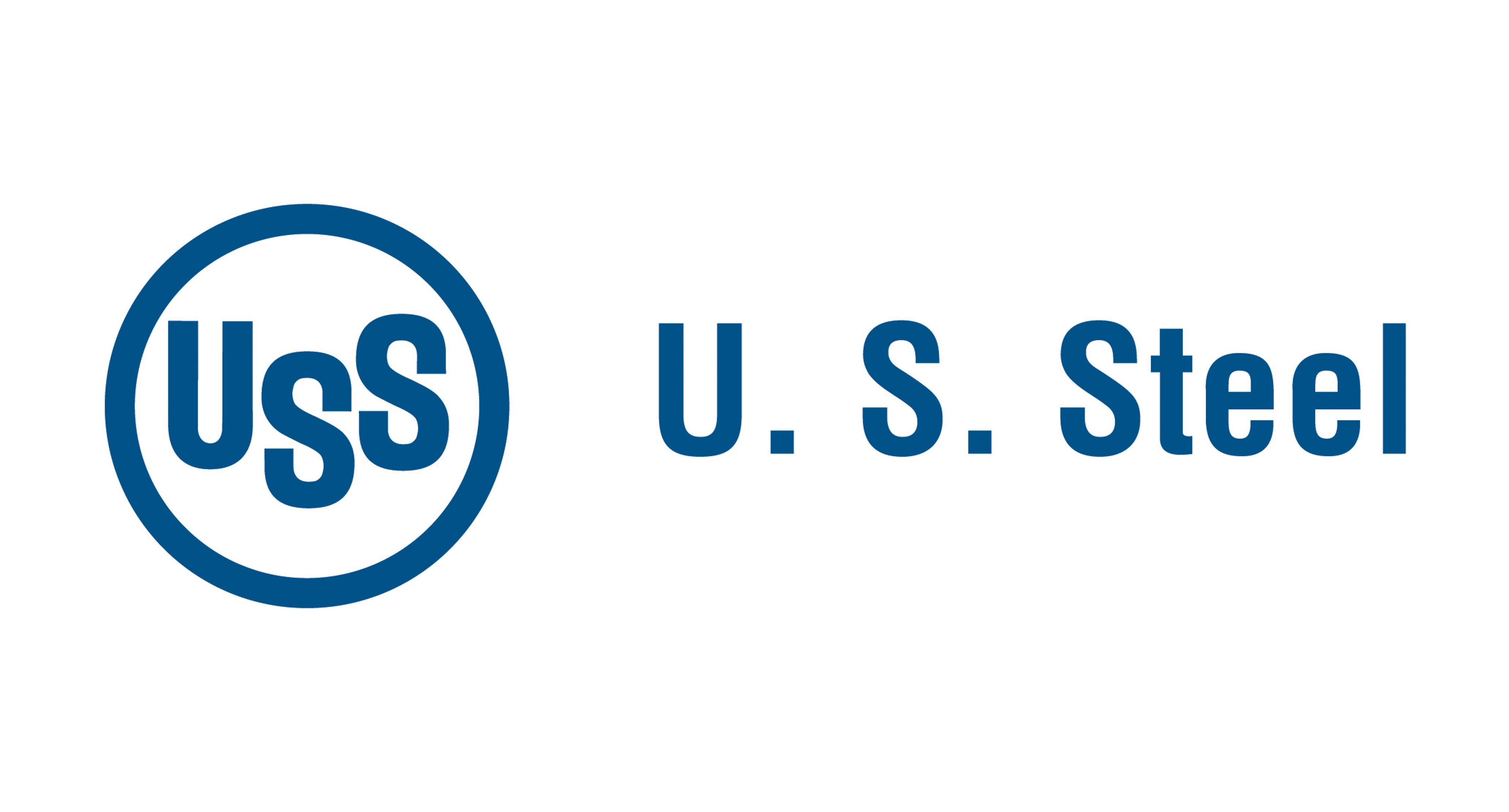Market Segment

March 5, 2020
Nucor Starts Galvanizing Line at Joint Venture in Mexico
Written by Sandy Williams
Nucor-JFE Steel Mexico began production at its continuous galvanizing line in Silao, Guanajuato, this week. The facility will produce hot-dip galvanized sheet steel for the automotive market.

“We are excited to expand our presence in Mexico and to use our local sales network to increase our sales into this important automotive market,” said Leon Topalian, president and CEO of Nucor. “We are proud to partner with JFE Steel Corporation of Japan and to benefit from their experience as a premier supplier of high-quality products to the automotive industry.”







